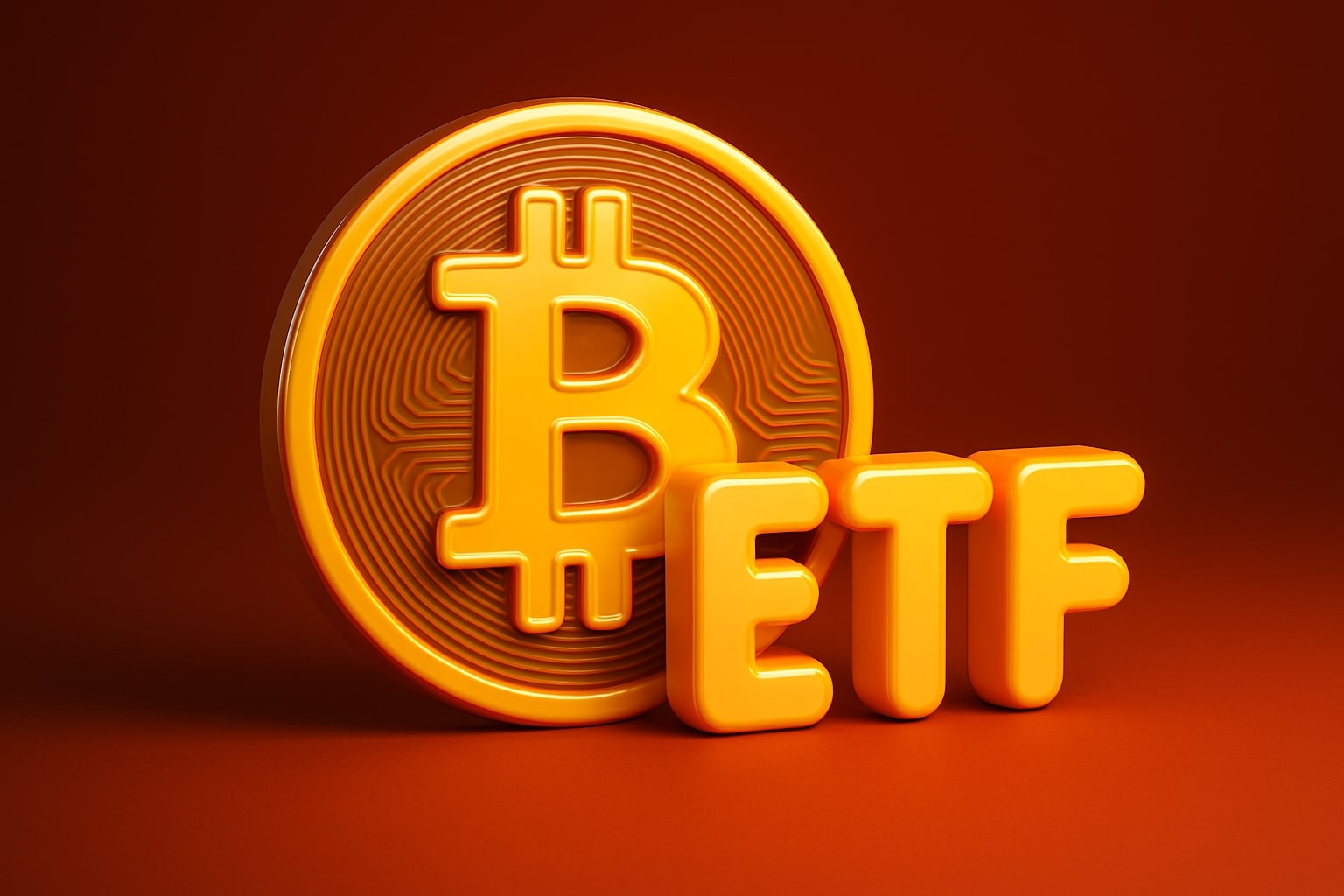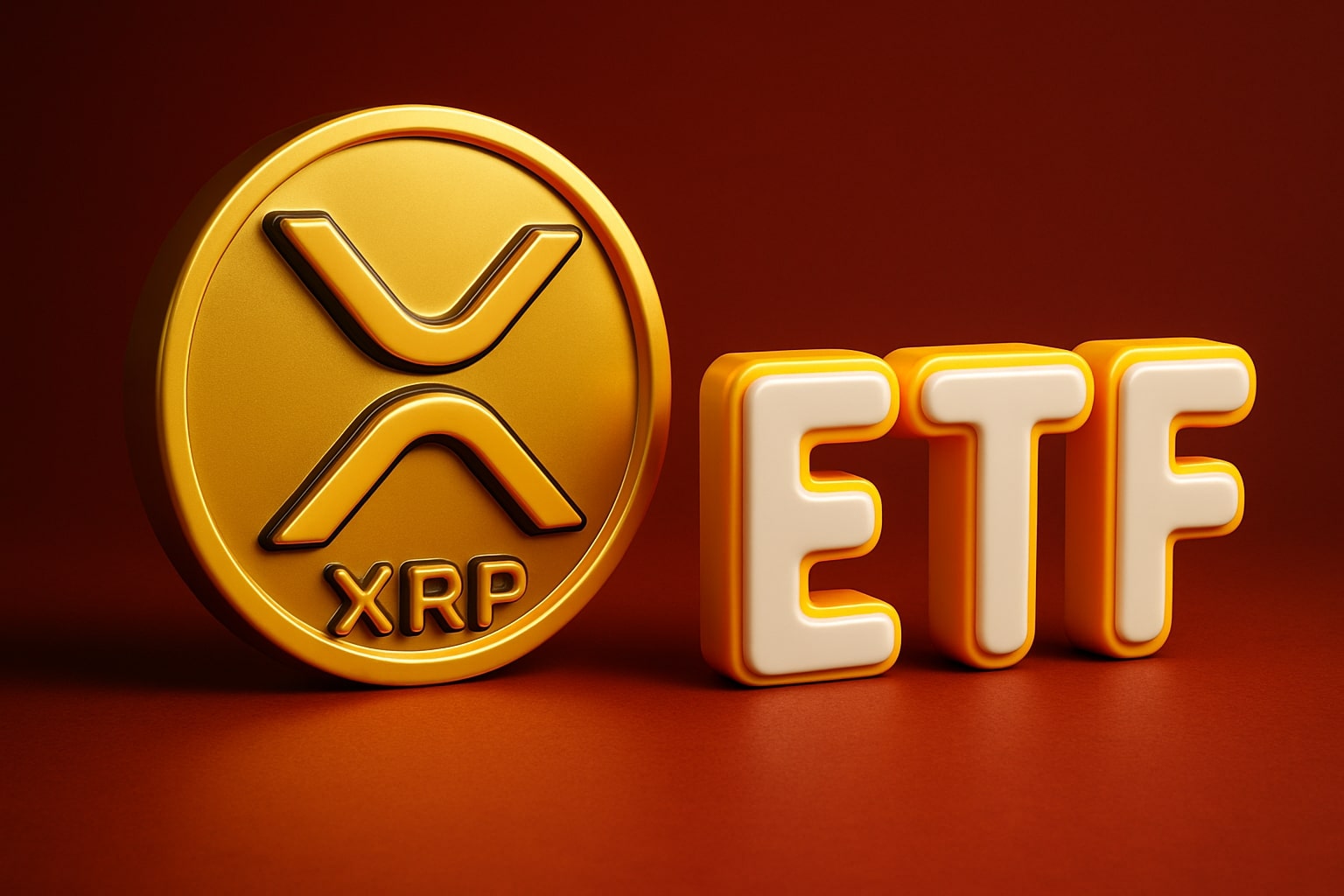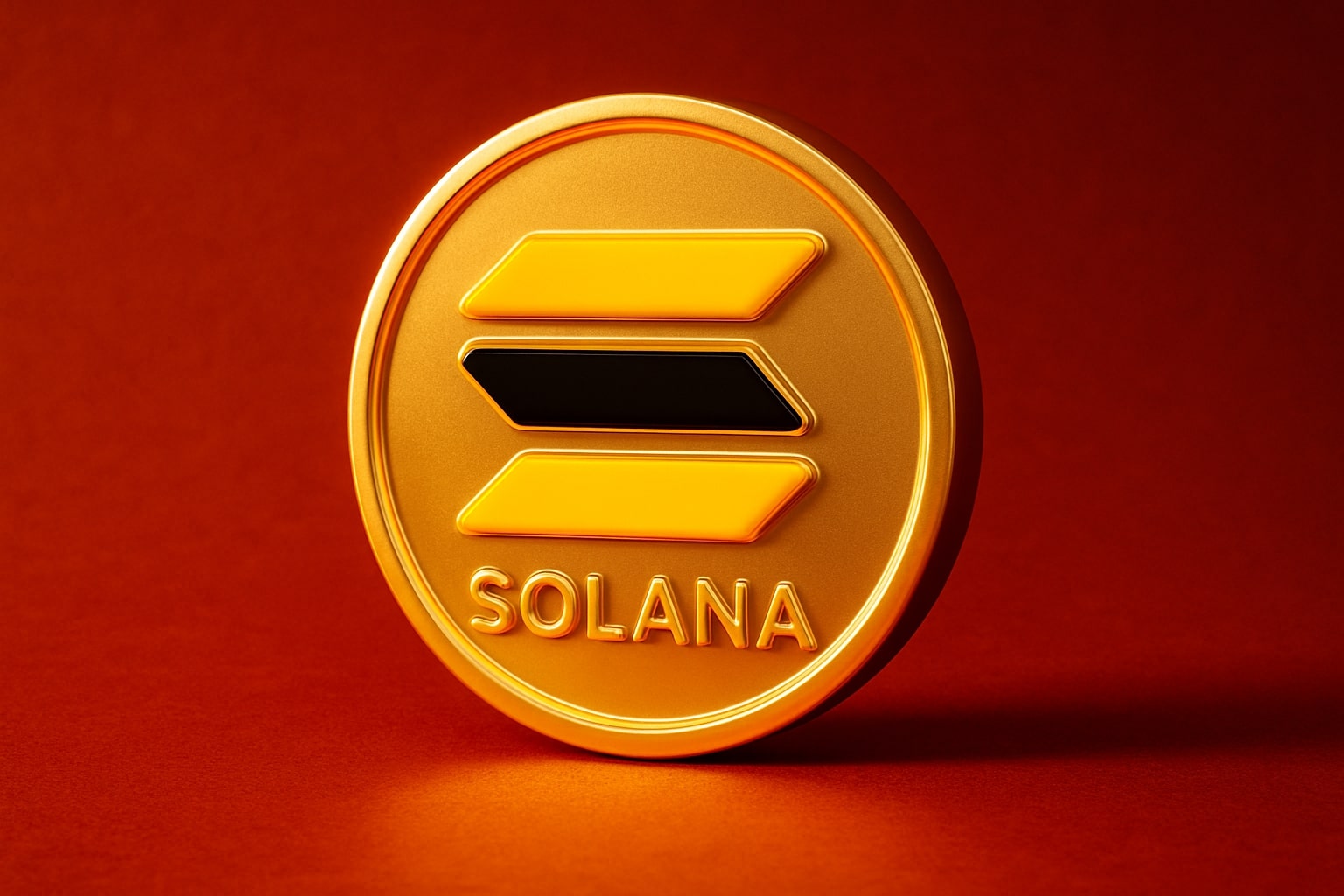
Bitcoin ETF Flows Shake Markets as BTC-USD Stabilizes Near $95,600 and IBIT Leads $463M Outflow
Massive $492M One-Day Bitcoin ETF Redemptions Contrast With Solana and XRP ETF Inflows as Institutions Reshape Crypto Exposure | That's TradingNEWS
Institutional Bitcoin ETF Flows Reshape Market Structure As BTC-USD Trades Near $95,600 With Redemptions Surging And IBIT Dominating Liquidity
The center of the Bitcoin ETF landscape is once again shifting with a level of volatility that reflects deep structural rotation, not surface-level sentiment. BTC-USD trading near $95,632 shows the price consolidating after a sequence of ETF outflows that hit $492 million in a single day, marking the third straight session of withdrawals. These redemptions are led by the iShares Bitcoin Trust IBIT, which bled $463.10 million in one session, a figure that overshadows the entire weekly flows of several smaller issuers combined. When an ETF with a market capitalization of $164.14 billion loses almost half a billion in a trading day, it becomes the defining macro input rather than a marginal datapoint. These flows sit against the backdrop of persistent selling from Grayscale’s GBTC at $25.09 million and smaller withdrawals from BTCW and FBTC, creating a uniform wave of red across the Bitcoin ETF complex.
Broad Redemptions In Bitcoin ETFs Highlight Investor Rotation While IBIT Maintains Dominance Despite Heavy Selling
Although IBIT is leading the withdrawals, it remains the gravitational center of institutional Bitcoin exposure with $1.2 billion in inflows over the past month, capturing 35% of all Bitcoin ETF AUM. The ETF’s price at $53.48 after a 3.80% daily decline reflects both profit-taking behavior and the emotional unwinding of positions accumulated during the run above $100,000. Even in a risk-off week, IBIT remains the preferred liquidity vehicle for heavyweight allocators. The extraordinary 257% quarterly increase in Harvard University's IBIT holdings to $442.8 million confirms that the institutional core is not retreating from Bitcoin — instead, institutions are using deep liquidity ETFs to rebalance timing, duration, and hedging needs. Brown University’s $13.8 million IBIT position and Emory’s $51.8 million in the Grayscale Bitcoin Mini Trust add further confirmation that endowments now treat regulated Bitcoin exposure as a strategic reserve rather than speculative drift.
Wave Of BTC-USD ETF Outflows Hits $492 Million As Bitcoin Price Drops Under Heavy Profit Realignment While Ethereum Suffers Parallel Selling
Bitcoin spot ETFs saw redemptions of $492 million in a single session, while Ethereum ETFs reported $178 million in withdrawals for the fourth day in a row. These are not sentiment swings; these are realignments of capital that take place when large allocators reassess risk exposure going into year-end macro events. The pressure is compounded by ETHA bleeding $173.27 million as institutional managers reduce exposure to secondary assets while maintaining optionality in Bitcoin. ETH net AUM sits near $20 billion after the outflows — a sharp contrast to Bitcoin’s $125.34 billion in net ETF assets after its own heavy selling wave. Even with the selling pressure, ETF trading volumes remain robust, with Bitcoin ETF volume at $6.95 billion and Ethereum ETF volume at $2.01 billion, signaling that liquidity has not deteriorated. It is a redistribution phase, not a liquidity crisis.
Solana And XRP ETF Inflows Disrupt Market Hierarchies As Investors Rotate Out Of Bitcoin And Ethereum Into Higher Beta Assets
The most surprising development is the aggressive rotation into Solana and the explosive debut of the XRP ETF. Solana ETFs captured $12.04 million in inflows on the same day Bitcoin lost $492 million and Ethereum lost $178 million, highlighting the shift toward alternative Layer-1 ecosystems. BSOL’s net assets rising to $541.31 million with a trading volume of $42.40 million demonstrates that institutional allocators are not retreating from crypto; they are reallocating toward ecosystems offering faster growth optionality. The XRP ETF story is even more dramatic: the first day came with zero inflow, but the second day erupted with $243 million in fresh capital. This one-day surge places XRPC among the largest debut flows for any crypto ETF in recent years. The size and immediacy of the XRP flow represent delayed institutional onboarding — a mechanism where large funds need internal approvals, onboarding windows, and compliance clearance before submitting cash or in-kind creations
Read More
-
Alphabet Google Stock Price Forecast - GOOG Shares Surges Toward $288 as Massive $40B AI Investment
15.11.2025 · TradingNEWS ArchiveStocks
-
XRP ETFs Ignite Wall Street: XRPI at $13.30 and XRPR at $18.61 as XRP-USD Stabilizes Near $2.25
15.11.2025 · TradingNEWS ArchiveCrypto
-
Natural Gas (NG=F) Drops to $3.89 as Türkiye Spot Prices Spike and Global LNG Demand Accelerates
15.11.2025 · TradingNEWS ArchiveCommodities
-
Stock Market Today: Nasdaq Rebounds to 22,900 as NVDA Stock at $190 and MU Rally While Dow Falls to 47,147
15.11.2025 · TradingNEWS ArchiveMarkets
-
USD/JPY Price Forecast - Yen Surges Toward 154.60 as Fed Shifts to Neutral and Japan Raises Intervention Warnings
15.11.2025 · TradingNEWS ArchiveForex
Bitcoin ETF Outflows Extend To A 10-Out-Of-13 Day Red Streak As BTC Price Dips Under $100K Triggering Fear Index At Extreme Levels
Data from the past two weeks shows Bitcoin ETFs recording inflows on only 3 days out of 13, with persistent selling dominating the trend. The market’s fear index plunged to 10 as BTC-USD briefly traded below $100,000, aligning with broader market panic as equities also declined. Bakkt reported a $23.2 million quarterly loss, dragging its shares down 16%, while Grayscale reported a 20% revenue decline amid sustained ETF redemptions and intense fee competition. Meanwhile, DeFi ecosystems deepened their drawdowns with $213 million in security breaches across Ethereum and Solana networks, compounding risk aversion. The volatility in BTC-USD is not just sentiment — it reflects leveraged liquidations, institutional derisking, and the recalibration of ETF arbitrage flows.
Whale Accumulation Deepens Even As Bitcoin ETF Outflows Spike, Positioning BTC-USD For A Potential Supply Shock
At the same time that ETFs experience outflows, whales added more than 375,000 BTC in 30 days — roughly four times the weekly mining supply — signaling aggressive accumulation beneath the surface. Long-term non-exchange holders doubled to 262,000 wallets, indicating a tightening supply base. On-chain data highlights wallets holding 1,000–10,000 BTC adding 29,600 BTC in a single week, reinforcing that large holders continue to treat price dips as expansion opportunities. Binance-linked whales executed average orders of $1.96 million, amplifying the divergence between ETF redemptions and direct accumulation. Such behavior has historically preceded large upward repricing cycles. The $95,000 zone is increasingly looking like the fulcrum point in the current cycle, supported by both spot buyers and long-term allocators who are absorbing ETF-driven supply.
Harvard, Emory, And Brown Confirm Institutional Maturity Of Bitcoin ETFs As IBIT Becomes A Core Holding For Global Endowments
Harvard’s expansion to $442.8 million in IBIT makes it the largest institutional holder of the ETF. A 257% quarter-over-quarter increase is not tactical; it is strategic allocation comparable to gold, which Harvard also increased to $235 million. Emory’s 245% growth in the Grayscale Bitcoin Mini Trust, reaching $51.8 million, reflects a preference for low-fee Bitcoin exposure, while Brown’s $13.8 million IBIT position shows broad adoption across academic institutions. These inflows did not stop despite ETF redemptions — highlighting that institutional buying is a slower, deliberative process untied from short-term volatility. Analysts describe Harvard’s allocation as the strongest possible endorsement an ETF can receive, as top-tier endowments do not rotate into assets without long-term conviction.
Macro Forces Deepen ETF Volatility As Investors Brace For Regulatory Shifts And Market-Wide Liquidations
The SEC’s evolving regulatory stance — including the 20-day automatic approval window for crypto ETFs — has accelerated filings for XRP and Solana funds, adding fresh supply to the ETF product market. Even so, Bitcoin ETF activity remains the highest-volume segment of the crypto ETF ecosystem. The growing friction comes from macro inputs: risk-off equity conditions, Treasury yield movements, and fears of additional liquidity shocks. Bitcoin under $100K triggered broad liquidation pressure, but institutional positioning signals accumulation rather than abandonment. This divergence between price weakness and long-term appetite is the defining feature of the current Bitcoin ETF cycle.

















